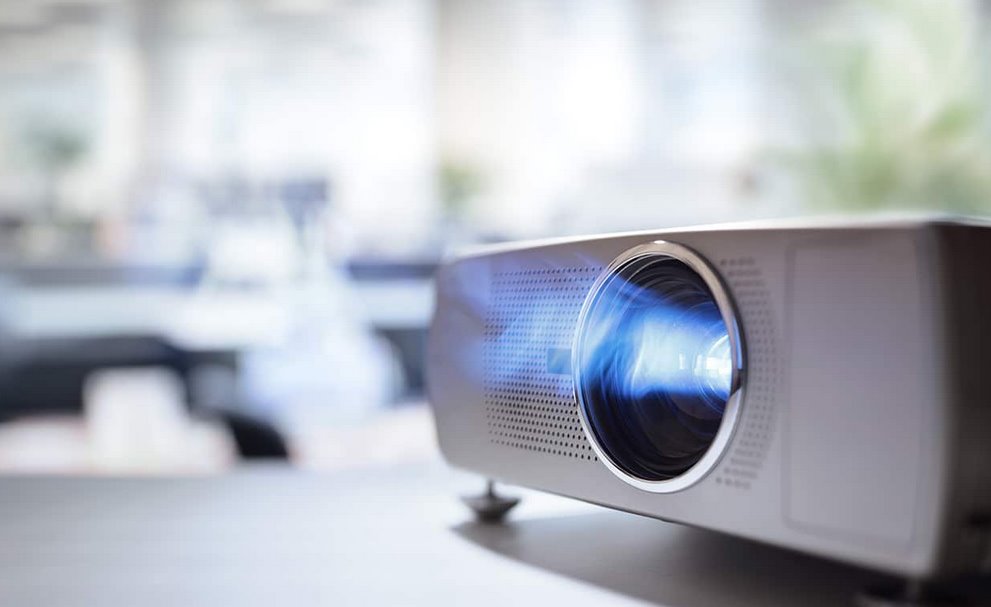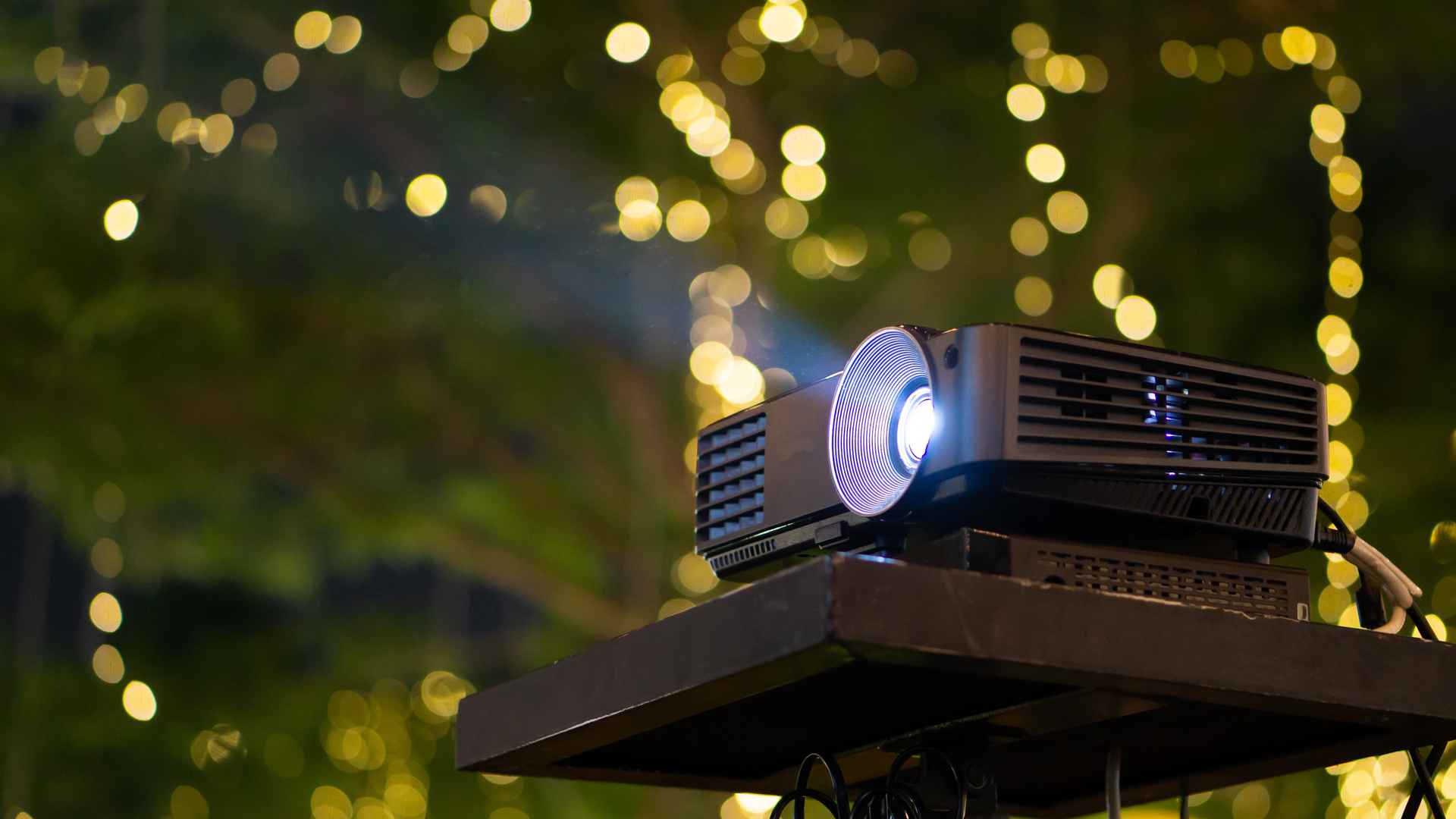It is critical to calibrate a projector to achieve the finest possible projection. A new one must be completely calibrated, although an existing one may require calibration if it is moved or something changes. While adjusting the color accuracy, you can enhance the resolution of your projector by calibrating it.
Whether you’re conducting business meetings or merely trying to fight ambient light with a theatrical projector, having a dynamic spectrum of vibrant colors is crucial. So, if you don’t know how to calibrate projector, we’re here to help by providing a step-by-step guide. Please keep reading to learn more about the guide.

What is Projector Calibration?
The technique of adjusting a projector so that the projected image has a set of desirable attributes is called projector calibration. When working with digital projectors, one typical goal is geometric calibration, which entails calculating the intrinsic (angle of vision and aspect ratio) and extrinsic (position and orientation) properties of the projector.
Should You Calibrate The Projector?
You should, indeed, calibrate your projector if you are dissatisfied with its color output because the projector lamp is old. And the projector lamp’s capacity to project high-quality images deteriorates. So, if you have the chance to calibrate your projector once a month, take advantage of it. It may benefit your projector to project a higher-quality image.
How To Calibrate Projector
To calibrate your projector and maximize the picture, perform the following steps:
- It’s essential to make sure that the size of your projector screen is suitable for the display. You should physically move the projector forward or backward until the desired screen size is obtained.
- It’s best to adjust the Keystone or Lens Shift (Lens Shift is only available on more expensive projectors) to ensure that the projected image’s shape and placement are perfect. This is especially critical if the projector is lying on an uneven surface. Depending on how satisfied you are with the screen size and position, you may not need to do this after moving the projector in step 1.
- To improve the sharpness and clarity of the image, adjust the focus, which is usually a hardware dial.
- Fine-tune the various video options on the projector using the software settings. Check the contrast, brightness, color, black levels, tint, sharpness, temperature, and screen ratio.
Your projector should now be properly calibrated. If you relocate your projector, modify the projection screen, or wait a long time between usage, you will most likely need to recalibrate it! Some people like to recalibrate their perceptions based on their viewing or doing, such as playing video games.
Screen Or White Wall?
A projector screen is required if you want maximum detail, precise colors, good contrast, and the flexibility to operate your projector during the day. In addition to not having to purchase a projector screen, not having a specific screen to aim towards allows you to produce as large an image as the projector – and the size of your living room – allows.
The brighter and flatter the wall, the better, though prepare to lose some detail and brightness. Any defects on the wall will be illuminated and create shadows, which can be unattractive. So which one should you choose? The decision is mainly based on cost, with a fixed screen being the least expensive option and a retractable screen possibly being the most aesthetically pleasing.
A motorized cantilever projector screen that raises and lowers from a container on the floor or is mounted to the ceiling is recommended, but a conventional pull-down or pull-up screen works. Always use a straight screen to ensure that the image has a flat canvas.
What Is The Standard Brightness For a Projector?
The standard value is directly proportional to the projected area. Varying rooms have different brightness. It has a low lumen output if used in a home theater room. Projectors having a larger lumen rate can be found in large spaces, movies, and museums. You may also watch TV with the best visual quality on your projector.
What Should Be The Calibration For a Film?
Set your system to movie mode if you calibrate your projector for a cinema or theater. After selecting the mode, go to the settings and select the sequence. The sequence should have a lot of dark details in it. If there is a picture of a man in a black and white suit, it should be dark and distinct.
The video’s detailing must be perfect, and there should be no disruptions. The next step is to run the settings in the background. In the picture settings, turn the dial to the right. You can adjust the contrast level until you achieve the best image detailing and display clarity. Ensure that all of the pictures or video’s white parts are clean and bright.
All of the photographs’ dark portions should be striking. Contrast calibration is also possible with a colorful display. All dark colors should be calibrated to a bright level, and all vibrant colors should be convincing.
Projector Calibration Software
Calibration may be required even if your displays are adjusted correctly. Users must first complete several tasks, including the use of the software. On the internet, users can find both paid and free software.
The distinction between them is in the functionality that users may receive. Free software simply allows you to perform basic calibrations, but paid software provides considerably more capabilities to consumers. Make the judgment based on what you believe will most benefit your circumstances. Some users may not require all of the paid versions’ capabilities.

What Is The Contrast Ratio In The Projector?
The projector’s contrast ratio indicates the difference in brightness between the brightest and darkest areas of the image. It measures how dark or light a scene would look if it were shown on a perfectly white, consistently lighted screen.
The value is proportional to the white peak point, also known as illuminance. In other words, exposure is related to contrast ratio rather than luminance.
Read More: How to Watch TV on a Projector Without a Cable Box
Conclusion
You should be able to adjust the projector as needed once you’ve figured out how to calibrate it manually. Technology is continuously updated, and new technologies are being introduced to make work more efficient and faster.
Work becomes significantly more productive due to the introduction of such technology. The device greatly simplifies daily life. Read the article carefully to learn how to calibrate projector. It isn’t all that difficult. Users must concentrate on a few critical elements.